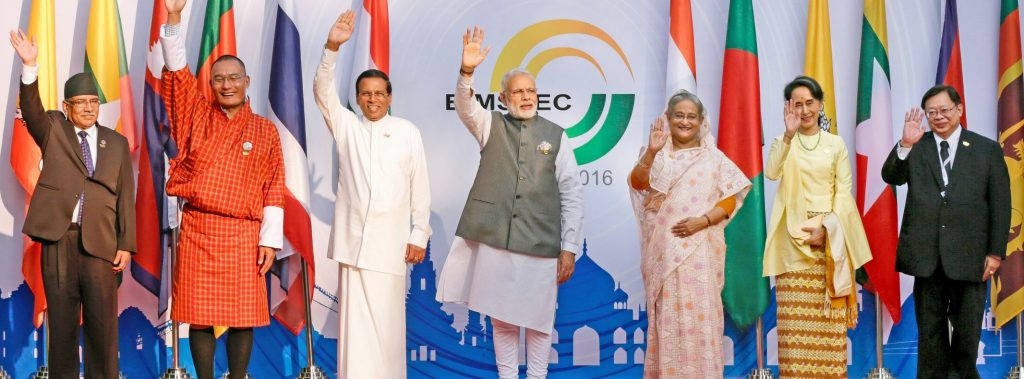Stagnation of SAARC:
Two major factors have driven India’s interests in the BIMSTEC forum.
- A key reason for India to reach out to its BIMSTEC neighbours has been the stagnation of the South Asian Association for Regional Cooperation (SAARC).
- The main motivation for India to push BIMSTEC is in the country’s interest to ensure that the region does not lag behind and that an unstable neighbourhood does not drag its growth. India’s desire to link South Asia to the economically dynamic Southeast Asia is also part of this strategy.
Stagnation of SAARC limited both the scope of India’s growing economic aspirations as well as the role it could play in improving regional governance. However, India did not stop its efforts in revitalising the SAARC grouping when opportunities emerged.
- At the 18th SAARC Summit in Kathmandu, in 2014, India proposed the SAARC Motor Vehicles Agreement. However, this could not progress due to resistance from Pakistan. This compelled Bangladesh, Bhutan, India, and Nepal (BBIN) to sign the BBIN Motor Vehicles Agreement in 2015.
- Pakistan also opted out of the ambitious SAARC Satellite project proposed by India, leading to a change in its name to the South Asia Satellite.
There is a tendency in some quarters to see India’s interests in BIMSTEC as part of its strategy to isolate Pakistan and position BIMSTEC as an alternative to SAARC. The above instances suggest otherwise.
A few challenges:
- India is currently being the largest contributor to the BIMSTEC secretariat’s budget contributed 32% of the total secretariat budget for 2017-18.
- With the Secretariat planning to strengthen its capacity by increasing human resources and the number of officials representing each member state, India may need to consider allocating more resources. India’s generosity would be a key test of its commitment to the sub regional grouping.
- Another issue would be for India to counter the impression that BIMSTEC is an India-dominated bloc, a problem that it faced for a long time in SAARC.
- A strategic challenge for India is that China has long desired to be part of the SAARC grouping. Some SAARC members also want it to balance India’s dominance. China currently has observer status in SAARC.
Way forward:
- Many of the elements that made SAARC hostage to political rivalry can re-emerge in BIMSTEC.
- Today, most of the smaller neighbours (SAARC) are more willing to engage so as to benefit from India’s economic rise. Nonetheless, to moderate suspicions that BIMSTEC is an India-dominated bloc, India will need to show sensitivity to the concerns of smaller neighbours.
- India will have to carefully navigate the emerging regional geopolitics, as many of the elements that made SAARC hostage to political rivalry and turned it into a defunct mechanism can re-emerge in BIMSTEC.
